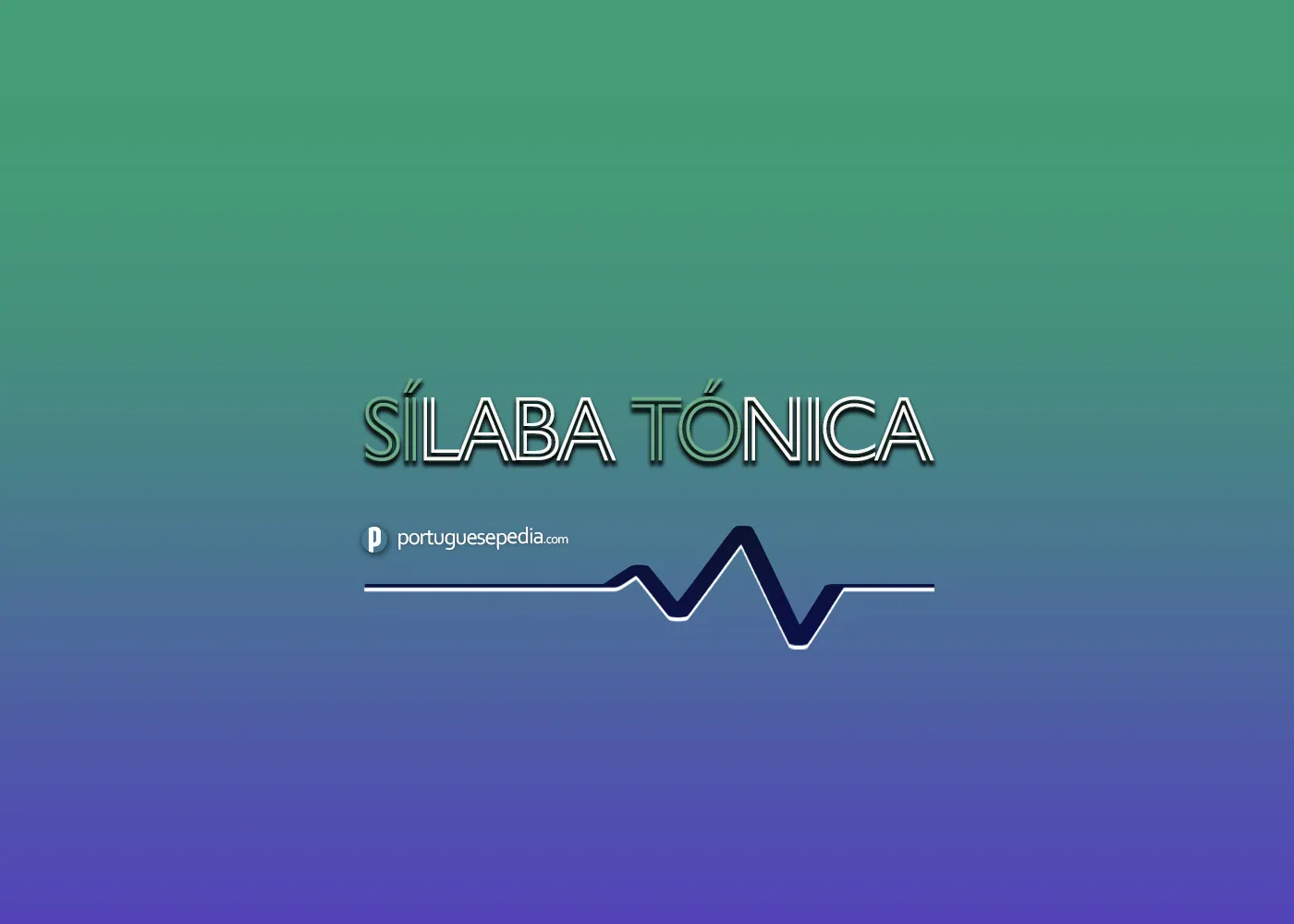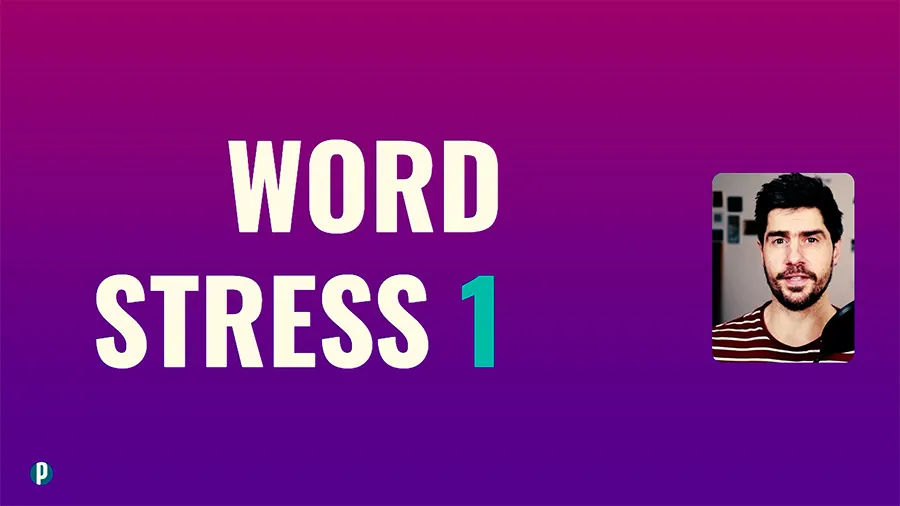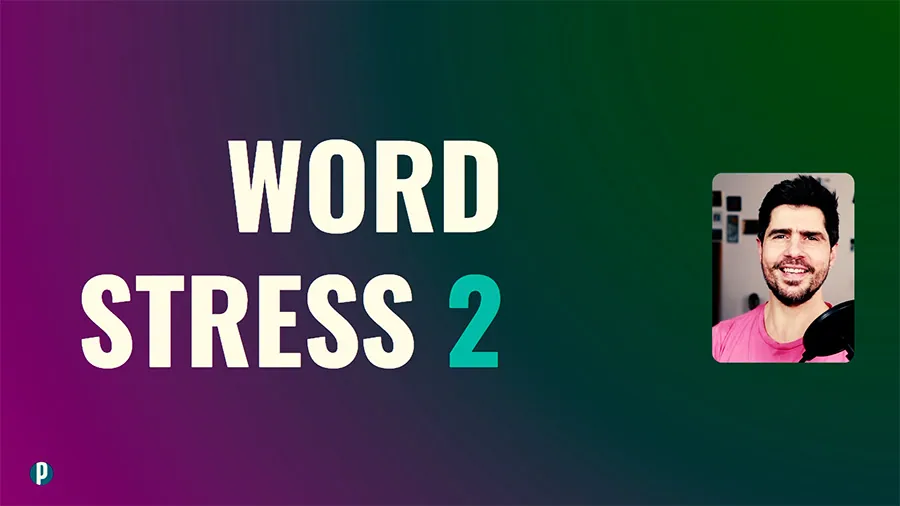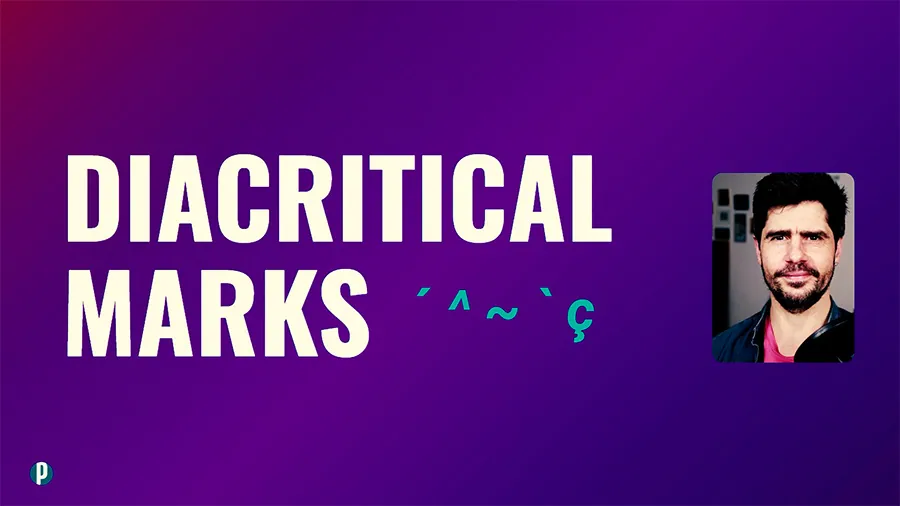
Portugiesische Wortbetonungen und Akzentzeichen
Wenn Ihnen die portugiesische Aussprache am Herzen liegt und Sie darin gut werden wollen, müssen Sie sich mit den Wortbetonungsmustern auseinandersetzen. Das ist es.
Hier ist die portugiesische Wortbetonung in Kürze:
Portuguese words without accent marks are stressed on the last or next-to-last syllable according to a few spelling patterns. Otherwise, words are marked with an accent mark to indicate where word stress falls (either on the last, next-to-last, or third-from-last syllable).
Wie Englisch ist Portugiesisch eine Sprache mit betonter Betonung (im Gegensatz zu Sprachen mit betonter Silbe). In betont-zeitgesteuerten Sprachen sind die Zeitintervalle zwischen betonten Silben ziemlich konsistent. Dies führt zur Verkürzung und Reduzierung unbetonter Silben, sodass sie in relativ feste Zeitintervalle passen, die durch betonte Silben vorgegeben werden.
As a result, unstressed syllables are pronounced less clearly, whereas stressed syllables stand out. Thus, word stress in Portuguese is conspicuous and you can clearly hear it. Read on.
1. Standardmäßig – ohne Akzentzeichen
Ohne Akzentzeichen werden portugiesische Wörter normalerweise entweder auf der vorletzten Silbe oder auf der letzten Silbe betont. Schauen wir es uns genauer an.
Wortbetonung auf der vorletzten Silbe
Am häufigsten werden portugiesische Wörter auf der vorletzten Silbe betont. Hier ein paar Beispiele:
- momento > mo-men-to (moment)
- peludo > pe-lu-do (hairy)
- vezes > ve-zes (times)
- diabo > di-a-bo (devil)
- bastante> bas-tan-te (quite)
- Carlos > Car-los (Carlos)
- carente > ca-ren-te (needy)
- . . .
Wortbetonung auf der letzten Silbe
Allerdings werden Wörter, die auf bestimmte Konsonanten, Vokale und Diphthonge enden, im letzten Wort betont. Schauen wir uns die verschiedenen Untergruppen dieser Kategorie an.
Wörter, die auf -r, -l oder -z enden
Wörter, die mit den Konsonanten enden -r, -l or -z werden auf der letzten Silbe betont:
- falar > fa-lar (talk)
- beber > be-ber (drink)
- anel > a-nel (ring)
- tamboril > tam-bo-ril (monkfish)
- rapaz > ra-paz (boy)
- capuz > capuz (hood)
- . . .
Wörter, die auf -i oder -u enden

Olá! I'm Pedro and I'm your Portuguese teacher.
Ready to unlock the beauty of European Portuguese? Portuguesepedia is your key! This all-in-one platform provides a wealth of learning resources, from bite-sized video lessons to immersive idiomatic dips. Perfect your pronunciation and aural comprehension with listening drills and solidify your grammar with in-depth articles. Start your Portuguese journey today!
Share this article
Get my guide "Key Strategies to Learn Portuguese" for FREE.



